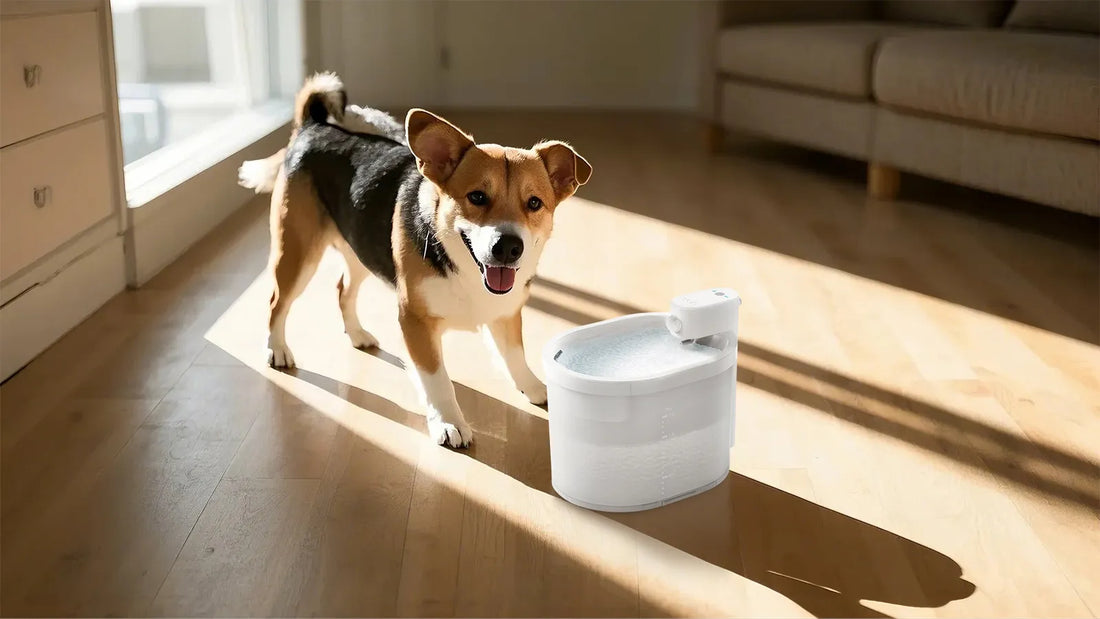Feeding your cat the right amount of food is crucial for their health and well-being. Whether you're a new cat owner or a seasoned pet parent, understanding how much to feed your feline friend can be a bit overwhelming. This guide will walk you through everything you need to know to ensure your cat gets the nutrition they need without overfeeding or underfeeding.
Understanding Your Cat's Nutritional Needs
Cats are obligate carnivores, which means they require a diet rich in animal protein to thrive. Unlike dogs, cats cannot survive on a plant-based diet. Their nutritional needs are unique and must be met through a balanced diet that includes high-quality protein, fats, and essential vitamins and minerals.
Factors Influencing How Much to Feed Your Cat
Several factors determine the appropriate amount of food for your cat. These include:
- Age: Kittens, adult cats, and senior cats have different nutritional requirements.
- Weight: A cat's weight plays a significant role in determining portion sizes.
- Activity Level: Active cats may require more calories than sedentary ones.
- Health Conditions: Certain medical conditions may necessitate a specialized diet.
Feeding Guidelines for Different Life Stages
Understanding the nutritional needs of your cat at different life stages is essential for their overall health.
Kittens
Kittens are growing rapidly and require a diet that supports their development. They need more calories, protein, and fat than adult cats. Typically, kittens should be fed three to four small meals a day. Consult your veterinarian for specific recommendations based on your kitten's breed and size.
Adult Cats
Adult cats generally require two meals a day, but this can vary depending on their activity level and metabolism. It's important to monitor their weight and adjust portion sizes accordingly to prevent obesity or malnutrition.
Senior Cats
As cats age, their metabolism slows down, and they may become less active. Senior cats often require fewer calories, but their diet should still be rich in high-quality protein to maintain muscle mass. Regular veterinary check-ups can help ensure your senior cat's dietary needs are being met.
How to Determine the Right Portion Size
Determining the right portion size for your cat involves more than just following the guidelines on the food packaging. Here are some steps to help you figure out the appropriate amount:
- Consult Your Veterinarian: Your vet can provide personalized recommendations based on your cat's specific needs.
- Monitor Your Cat's Weight: Regularly weigh your cat to ensure they are maintaining a healthy weight.
- Adjust Portions as Needed: If your cat is gaining or losing weight, adjust their portion sizes accordingly.
Signs of Overfeeding or Underfeeding
It's important to recognize the signs that your cat may be getting too much or too little food.
Overfeeding
Overfeeding can lead to obesity, which is associated with various health problems such as diabetes, arthritis, and heart disease. Signs of overfeeding include:
- Weight gain
- Lethargy
- Difficulty grooming
Underfeeding
Underfeeding can result in malnutrition, which can weaken your cat's immune system and lead to other health issues. Signs of underfeeding include:
- Weight loss
- Dull coat
- Increased hunger
Creating a Balanced Feeding Routine
Establishing a consistent feeding routine is essential for your cat's health. Here are some tips to help you create a balanced feeding schedule:
- Set Regular Meal Times: Feed your cat at the same times each day to establish a routine.
- Measure Portions: Use a measuring cup or kitchen scale to ensure you're providing the correct amount of food.
- Provide Fresh Water: Always ensure your cat has access to fresh, clean water.
Special Considerations for Multi-Cat Households
If you have more than one cat, it's important to ensure each cat is getting the right amount of food. Here are some tips for managing feeding in a multi-cat household:
- Separate Feeding Areas: Provide separate feeding stations to prevent competition and ensure each cat eats their own food.
- Monitor Each Cat's Intake: Keep an eye on how much each cat is eating to ensure they are all getting the nutrition they need.
- Consider Automatic Feeders: Automatic feeders can help regulate portion sizes and feeding times for each cat.
Common Mistakes to Avoid
When it comes to feeding your cat, there are some common mistakes that can negatively impact their health. Here are a few to avoid:
- Free Feeding: Leaving food out all day can lead to overeating and obesity.
- Ignoring Weight Changes: Regularly monitor your cat's weight and adjust their diet as needed.
- Feeding Table Scraps: Human food can be harmful to cats and should be avoided.
When to Seek Professional Advice
If you're unsure about how much to feed your cat or if you notice any changes in their eating habits or weight, it's important to seek professional advice. Your veterinarian can provide guidance and help you create a feeding plan that meets your cat's specific needs.
Feeding your cat the right amount of food is essential for their health and happiness. By understanding their nutritional needs, monitoring their weight, and establishing a consistent feeding routine, you can ensure your feline friend stays healthy and thriving. Remember, every cat is unique, so it's important to tailor their diet to their individual needs. With the right approach, you can provide your cat with the nutrition they need to live a long, healthy life.













